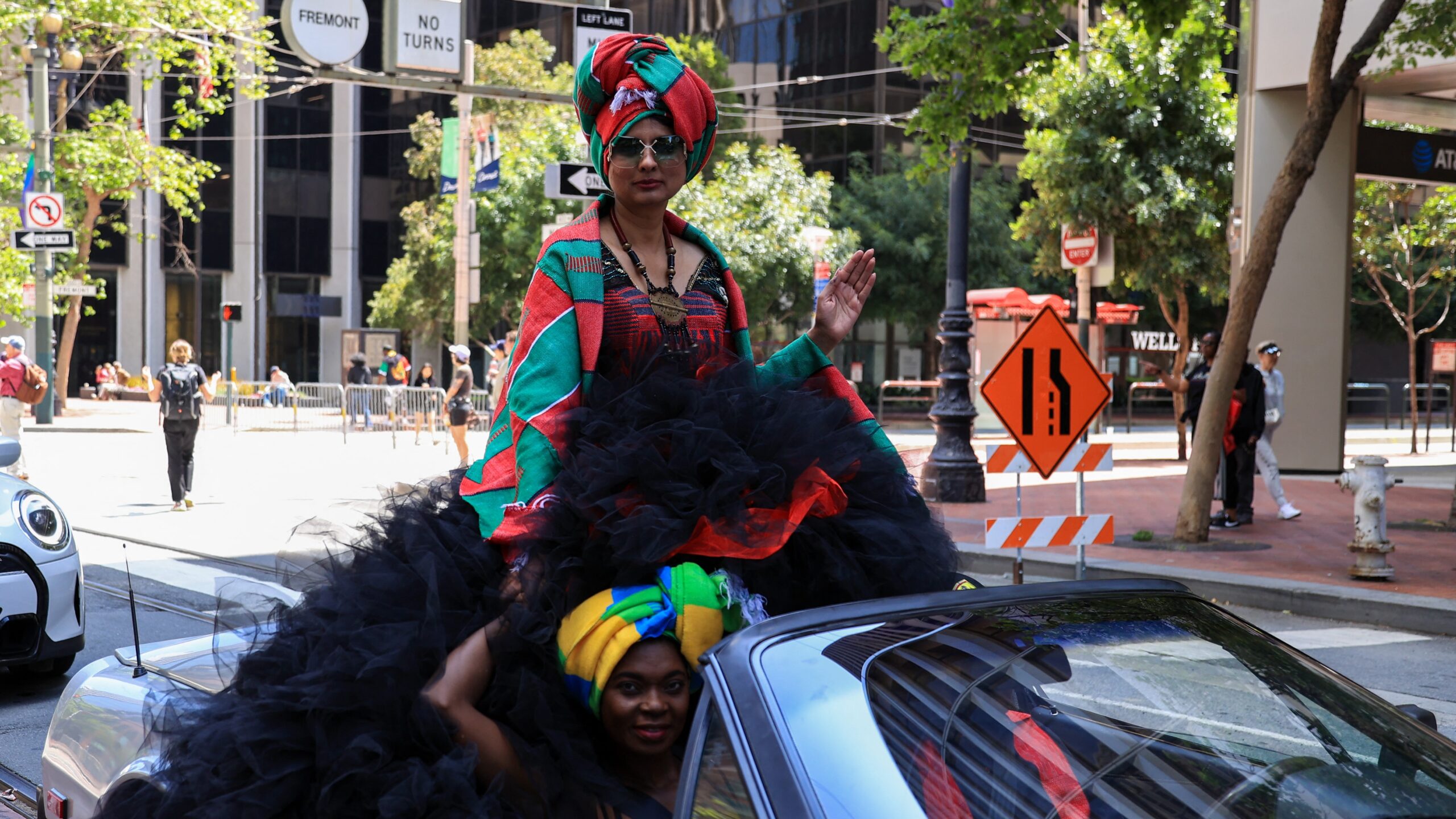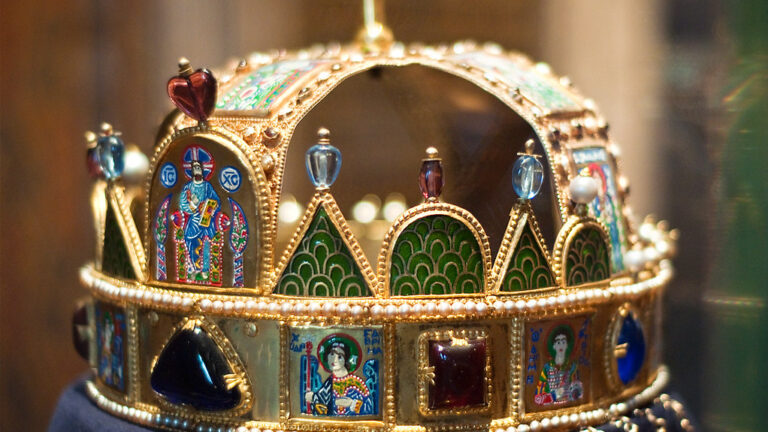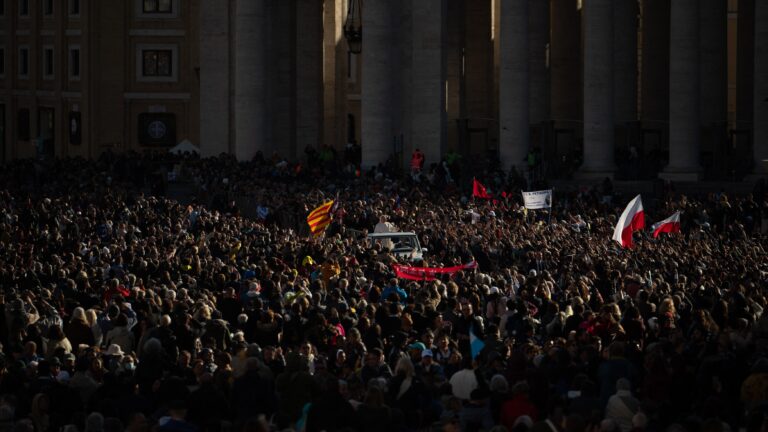This past 19 June, Black Americans celebrated Juneteenth, a new federal holiday which commemorates the day the last group of enslaved people found out they had been freed 160 years ago in Galveston, Texas.
Slavery is undoubtedly a stain on American history. It led to the Civil War (1861–1865) and, following its abolition, to a long period of discrimination and segregation against Black Americans, particularly in the South. In connection with Juneteenth—a holiday commemorating the end of slavery in the U.S.—there has been a continued call for reparations to address and make amends for the injustices suffered by the ancestors of today’s descendants of enslaved people.
A paradox often noted in these discussions is that many enslaved Africans were initially captured and sold by other Africans. Yet, to my knowledge, those advocating for reparations typically direct their claims toward the U.S. government and white Americans, rather than seeking accountability from African nations involved in the transatlantic slave trade.
Indeed, during the years of the trans-Atlantic slave trade, Europeans generally lacked the power to invade African states or directly capture people for enslavement. Instead, between 15 and 20 million enslaved Africans were transported across the Atlantic Ocean, having been sold to European traders by African intermediaries. These transactions occurred throughout Europe and its colonies.

Interestingly enough, not only did native African traders not view enslaved people as ‘their own’ due to differences in identity and status, they vehemently supported the slave trade since it was a key component to their wealth and power.
There is, however, another twist to the narrative. And that is that Blacks in colonial America also owned other Blacks as slaves.
Blacks Owning Other Blacks
In his article ‘Free Black Owners of Slaves: A Reappraisal of the Woodson Thesis’, author R. Halliburton, Jr., writes that free black people owned black slaves ‘in each of the thirteen original states and later in every state that countenanced slavery.’ And it did not stop there.
For a time, free black people could even ‘own’ the services of white indentured servants in Virginia, too—they were primarily from Ireland. Also, according to Halliburton, such Blacks also owned black slaves in Boston by 1724 and in Connecticut by 1783; by 1790, 48 black people in Maryland owned 143 slaves. One particular notorious black farmer, Nat Butler, ‘regularly purchased and sold Negroes for the Southern trade.’
Revisionists like to claim that when Blacks owned other Blacks, they did so only for humanitarian reasons. These historical facts were discussed in detail by Carter G. Woodson in his Free Negro Owners of Slaves in the United States in 1830 (published in 1924). Free Blacks, in fact, used slavery to apply pressure or punishment on others:
‘Some of these husbands were not anxious to liberate their wives immediately. They considered it advisable to put them on probation for a few years, and if they did not find them satisfactory they would sell their wives as other slaveholders disposed of Negroes. For example, a Negro shoemaker in Charleston, South Carolina, purchased his wife for $700; but, on finding her hard to please, he sold her a few months thereafter for $750, gaining $50 by the transaction.’
Arab Muslims, Too
There was also the infamous East African Arab Slave Trade that remains altogether absent form history. It began around the ninth century as Muslim Arab and Swahili Traders began to dominate the Swahili Coast.
Author David Meir, in his article ‘The silence about black slavery in the Arab world’, explains how sub-Saharan blacks were rounded up in razzias—an Arabic term that means a surprise attack against an enemy settlement, often for plunder or slaves. These razzias captured able bodied young men who were to travel across the Sahara on foot (in harsh conditions). Upon reaching North Africa, they would be used as servants or warriors by various caliphs in a number of sultanates, mainly in Egypt and later on, when the Ottoman Empire came into being, in Turkey.
The Arab Muslim Slave Trade Of Africans, The Untold Story
Muslim Arabs hunted, enslaved, tortured and killed ethnic Africans for a millennium. Middle Eastern Muslim Arabs have a history of over 1400 years of human slavery, which even continues today in the Middle East. Arab Muslims controlled, maintained, initiated slavery of ethnic Africans. Islams Arab prophet Muhammad himself brought, kept and sold African slaves.
Slavery Still Persists in Africa
The sad truth is that slavery still continues in the African continent. According to 2020 statistics provided by the American Anti-Slavery Group, the enslavement of Black Africans is predominant in Islamic African countries, such as:
- Sudan — in a remnant of the Second Sudanese Civil War (1983–2005), the government in the north of the country declared a jihad upon the black, largely Christian south, which killed approximately 2.5 million people and enslaved as many as 200,000. Slaves rescued by grassroots abolitionists tell us stories of abduction, beatings, forced conversion to Islam, abhorrent labor, female genital mutilation, malnutrition, and rape.
- Algeria — according to the Global Slavery Index, around 106,000 Black Africans are estimated to be enslaved. Migrant women, but also children (both male and female), are forced into sexual slavery; men perform unskilled labor. Those who avoid slavery are also subjected to virulent Arab racism, as confirmed by a 2019 New York Times report.
- Libya — since the overthrow of the dictator Col. Muammar Gaddafi, Muslim smugglers have taken numerous Africans as slaves. According to the International Organization for Migration, West African migrants who are seeking to escape repression are captured, bought, and sold in garages and car parks. There have also been reports regarding organized slave labor a few years ago, a case of slavery was uncovered in Tanzania.
- Nigeria — the long-running persecution by Islamists over the Christian minority in the northern part of the country involves the enslavement of Christian, which has become a source of compensation for jihadists. The most infamous incident of a slave raid was Boko Haram’s abduction of 276 schoolgirls in 2014; in 2019, men and boys are also captured for physical labor and sexual exploitation.
Slavery is so ubiquitous in Africa that nearly every product produced through slavery can be traced at one part or another back to the continent. According to findings by the Global Slavery Index in 2018, 7.6 of every 1,000 people in the entire African continent were living in modern day slavery. The same study reveals that some of the most common forms of slavery in Africa are forced marriage (with 4.8 victims per 1,000 people) and forced labor (with 2.8 victims per 1,000 people); it is estimated that there are 400,000 people experiencing sexual exploitation. And, in the U.S. consumers buy into slavery from Africa everyday with imports over $144 billion worth of products that stem from forced labor or at-risk populations, more than any other country in the world—where is the public outcry regarding this issue?
It goes without say that American history will always be tainted by slavery. That being said, equal attention should also be devoted to the Muslim Arab Slave Trade in Africa or its continuity. And while the number of black slave owners compared to white slave owners in America was comparatively minimal, they nevertheless still existed.
Related articles:







